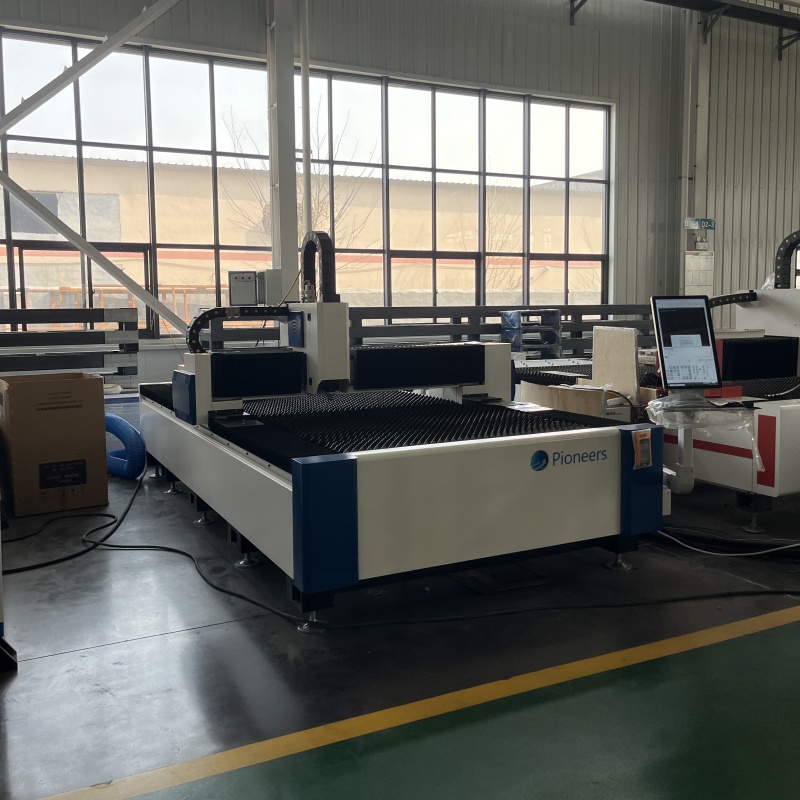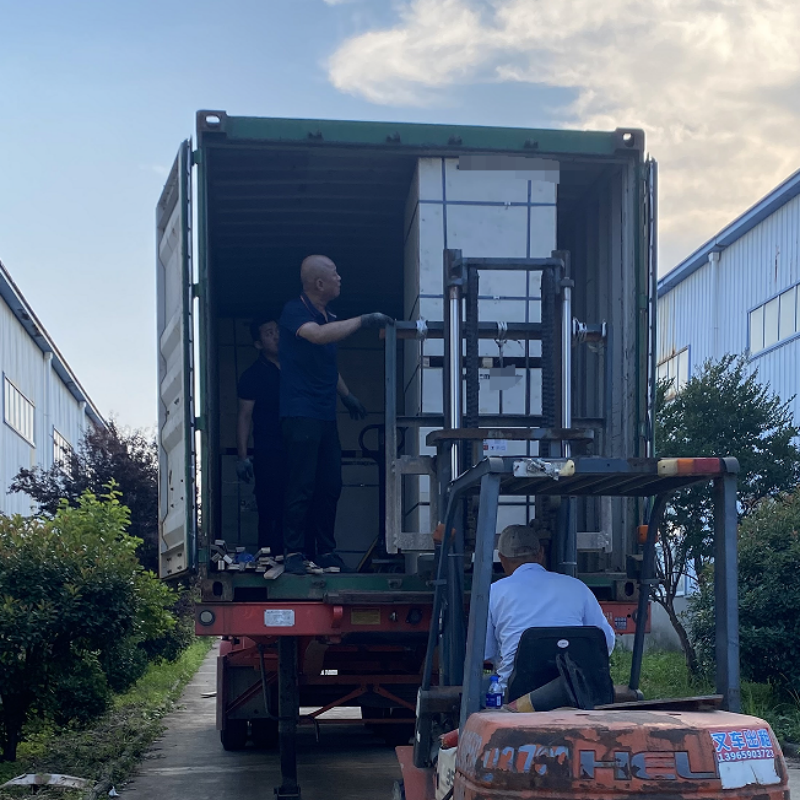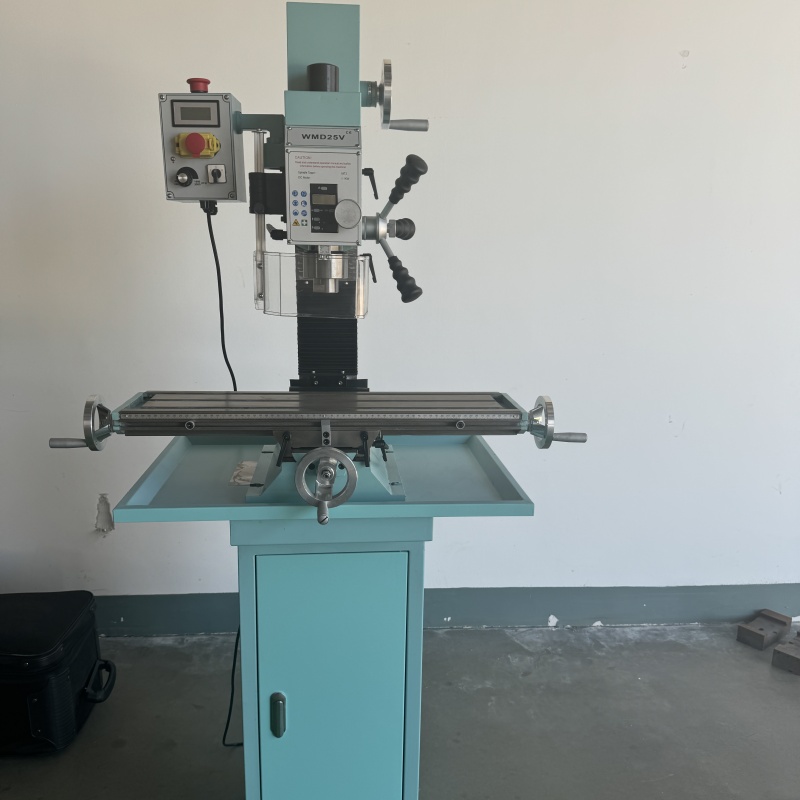Amid the wave of intelligent manufacturing upgrades, laser equipment has become a core component for SMEs to boost production capacity. However, market data shows that over 30% of SMEs suffer losses due to poor selection, ranging from idle equipment to production accidents. This article examines the pitfalls and countermeasures throughout the entire process to help companies avoid procurement minefields.
- Initial Selection Stage: Beware of Hype-Based Concepts
- Power Falsehood: Peak vs. Actual Output
Sellers often use “peak power” to represent “actual continuous output power.” A device rated at 100W may actually operate at only 60-70W, significantly reducing its ability to cut thick materials. Avoiding these pitfalls requires a two-pronged approach: First, directly ask about “continuous output power” and avoid vague statements. Second, verify the model of core components, including the laser tube brand for CO2 lasers and the laser parameters for fiber lasers. Verify the rated power on the official website. Avoid “high-power” lasers priced 30% below the market average. 2. Universal Machine Hype: There’s No One-Stop Machine
The claim that “one machine can cut both metal and non-metal” is a scam. CO₂ laser machines primarily process non-metals like acrylic and wood, and are limited to surface engraving on metals. Fiber laser machines excel at metal cutting, but their wavelengths and operating principles are fundamentally different. Companies should first clarify their core needs: choose a fiber laser for stainless steel processing and a CO₂ laser for acrylic signage, to avoid overpaying for the “all-round” concept.
- Vision System Confusion: Choosing Between True Coaxial and Pseudo-Coaxial
The vision laser marking machine market is plagued by the trap of “pseudo-coaxial machines passing themselves off as true coaxial.” True coaxial systems offer an accuracy of ±0.01mm, suitable for precision applications like jewelry engraving. Pseudo-coaxial systems offer an accuracy of ±0.02mm, suiting general needs like hardware processing at 70% the cost. When purchasing, ask the manufacturer to demonstrate a standard gauge block test, verifying the actual accuracy with a 0.05mm gauge block, and then make a decision based on your process requirements.

- Transaction Process: Adhere to Contract and Payment Bottom Lines
- Low-Price Lures and Hidden Charges
Some vendors lure customers with a “bare metal” price of 9,999 yuan, only to later add fees for chillers, exhaust fans, software licenses, and other costs, often exceeding the budget by 50%. The solution is to request a “package quote” that clearly includes the total price of the main unit, accessories, installation and commissioning, and shipping. Also, clearly state the “standard package” in the contract to avoid verbal promises.
- Lack of Qualifications and Certifications
Products from unqualified small workshops lack CE (safety certification) and FDA (laser safety certification). This poses risks of electrical and laser leakage and the inability to provide formal invoices, impacting after-sales service. Before purchasing, verify the factory’s qualifications on the company’s official website and request copies of their certifications to confirm they can issue VAT invoices. Prioritize brands with a service network covering prefecture-level cities.
III. Machine Inspection Upon Receipt: Eliminate Quality Compromise
- Identifying Downgraded and Refurbished Parts
Upon receipt, the entire machine inspection process should be recorded and recorded. Focus on verifying that the models of core components such as the laser tube, lens, and motor are consistent with the contract. Check for signs of screw tampering and scratches on the machine body. For welding equipment, an on-site 8-hour continuous operation test can be required. Solder quality analysis can be performed through metallographic cross-sections to avoid second-hand, refurbished, or inferior parts.
- Software and Technical Support Acceptance
Pirated software is prone to crashes and lacks updates, and poor technical support can cause equipment to “stop.” During machine inspection, verify that the software can be registered online, supports CAD and AI file import, and inquire about the type of technical support. Prioritize vendors offering 24/7 remote guidance and free video tutorials, and clearly specify the duration and content of the training.

- After-Sales Stage: Clarify Warranty and Service Responsibilities
- Addressing Ambiguous Warranty Terms
A verbal promise of a “three-year warranty” often harbors hidden dangers. It may actually mean “a one-year warranty for the laser tube, but not for consumable parts.” The contract should clearly state details such as the warranty start and end dates, the warranty period for each component (e.g., one year for the laser tube, three years for the motherboard), the warranty method (on-site/mail-in repair), and any non-warranty coverage (e.g., damage caused by human error).
- Avoiding Pass-the-Buck After-Sales
The average annual repair cost for low-priced models exceeds 20,000 yuan, and sellers and manufacturers often shirk responsibility. When purchasing, choose a “one-stop service provider” and request the location of the regional spare parts warehouse (with a coverage rate of >80%), a signed service level agreement (SLA), and a clear response time (e.g., on-site service within 24 hours). Also, retain a comprehensive set of evidence, including chat logs, contracts, and machine inspection videos, for potential legal action. When purchasing laser equipment, small and medium-sized enterprises must prioritize needs over specs. From clarifying processing materials and precision requirements, to verifying qualifications, video inspection, and finalizing after-sales terms, careful decision-making at every stage is crucial to avoiding losses. Only by abandoning the mentality of “cheap” and “all-round” can laser equipment truly become a revenue-generating tool.



